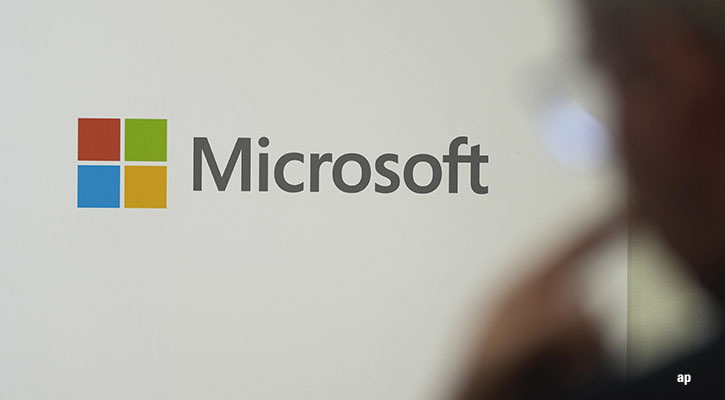Morningstar's "Perspectives" series features investment insights from third-party contributors. Here, JP Morgan Global Market Strategist, Kerry Craig assesses the prospects, opportunities and risks of emerging markets.
Current accounts, currencies and central banks can go a long way to explaining the underperformance in emerging market equities since 2011—and also their recent rise. Countries that had managed to get by with high inflation and relatively weak fundamentals in an era of cheap global liquidity had a rude shock in 2013 when the US Federal Reserve indicated that it was preparing to slow the rate at which it was pumping money into the global economy. The countries that were most dependent on foreign funding to finance their current account deficits were hit hardest, as they experienced a plunge in their foreign reserves and were forced to raise interest rates to halt the decline in their currencies.
Since 2013, many countries have seen a striking improvement in their macroeconomic situation, particularly those with more proactive central banks. Aggressive monetary policy action and multiple interest rate increases have pushed up real rates, helping to stabilise currencies and foreign exchange reserves have been rebuilt. Meanwhile, current account deficits have narrowed, and many central banks are now starting to either loosen monetary policy or at least stop raising interest rates. This should allow for greater levels of credit expansion and higher levels of economic growth in the future.
The longer-term growth potential of emerging market economies is underpinned by their young and growing labour forces, and the higher levels of investment that they can attract. Despite recent economic weakness, emerging economies will still account for more than half of global growth this year. Nevertheless, it is in the developed markets where prospects have been improving faster recently, as domestic demand has slowly returned and the impact of government austerity measures faded. The link between better developed market growth and trade with emerging markets had broken down.
However, as countries in the developed world become stronger the frayed trade linkages between developed and emerging market should also start to repair. For investors, the question is how to best position themselves to take advantage of this increase in global trade. Broadly, emerging economies can be split into two groups: commodity importers and commodity exporters, where commodity importers are typically exporters of manufactured products. For example, compare China and India to Russia and Brazil. The former are commodity importers with more manufacturing or service-based economies, while the latter rely heavily on natural resources for economic output.
Commodity dependent countries may take longer to benefit from the cyclical upswing in developed markets in an environment where the marginal demand for more commodities from countries like China is still very low and prices remained subdued. Along with Russia and Brazil, Chile, South Africa and Indonesia are some of the most commodity dependent countries.
Commodity-driven gains helped these countries achieve higher economic growth rates until 2011, but this source of strength is now fading. The price of a barrel of Brent oil has fallen by nearly 11% over the past year, while iron ore has declined by 37%. The depreciation in the value of the rand, rupiah, rouble and real has helped cushion some of the economic impact of falling commodity prices, but it cannot do so forever.
Disclaimer
The views contained herein are those of the author(s) and not necessarily those of Morningstar. If you are interested in Morningstar featuring your content on our website, please email submissions to UKEditorial@morningstar.com.



























